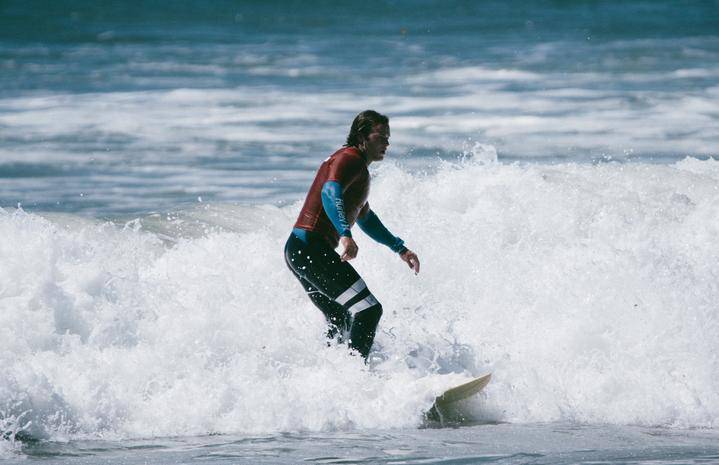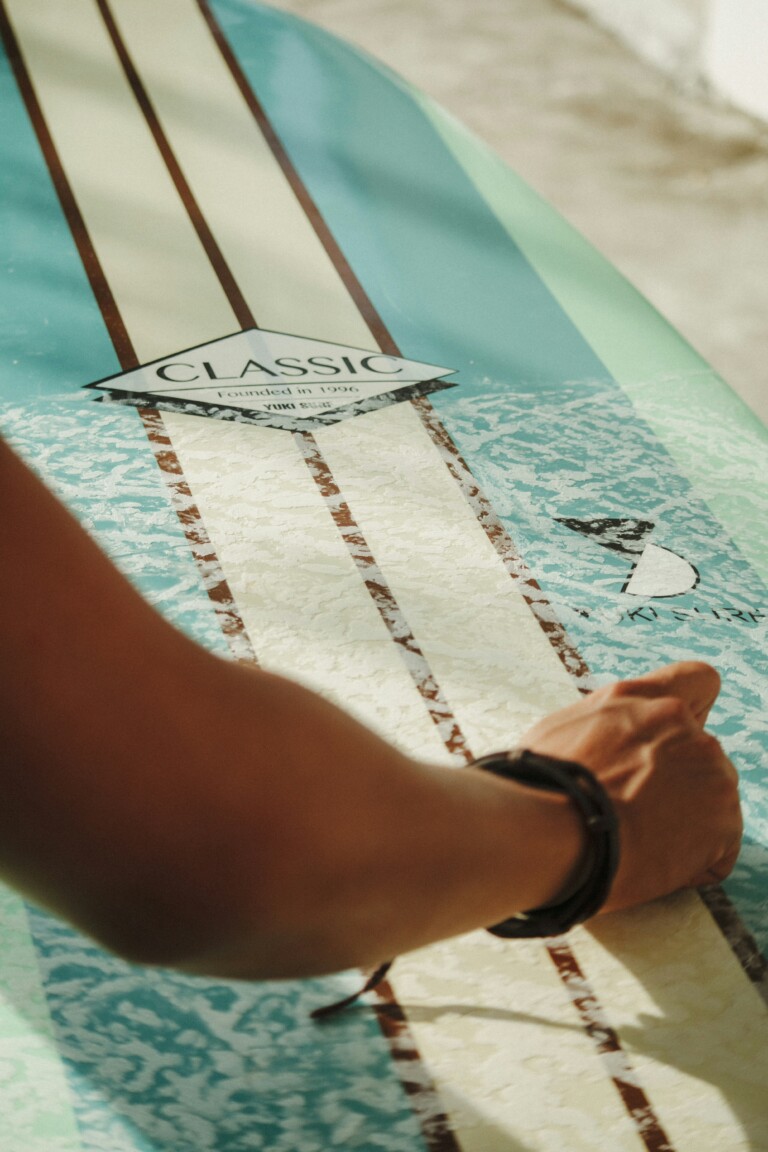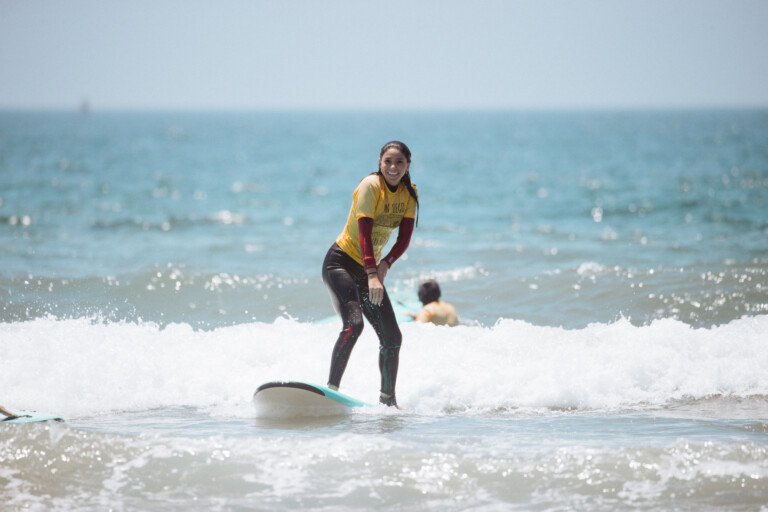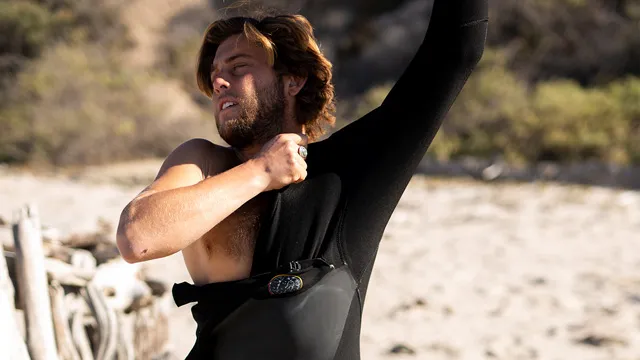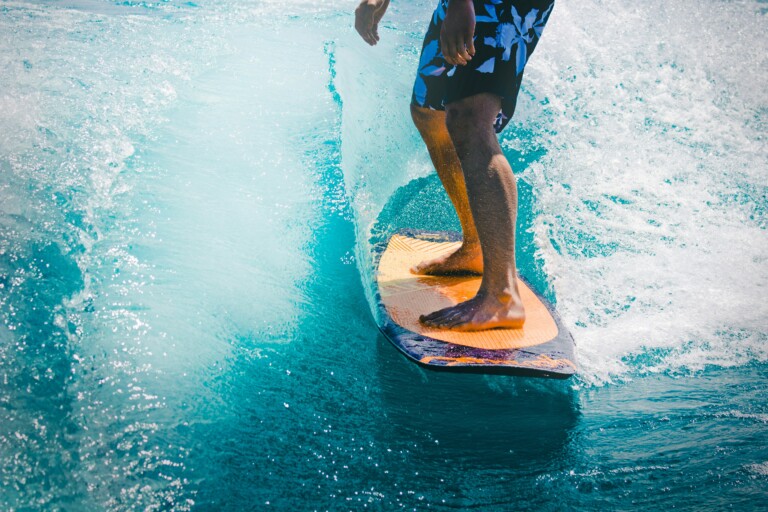Unless they are deep in the barrel, advanced surfers almost never surf in a straight line. Either they are performing a dramatic move, or they are generating the necessary speed for one. That speed comes from a regular series of carves that accelerate them down the line. It is called rail-to-rail surfing, and if you want to generate the speed and momentum necessary to perform spectacular roundhouses, snaps off the lip and even aerials, it is a must-have in your repertoire. So let’s have a look at how you can learn this advanced skill.
Watch Clay Marzo gain speed for aerials by utilizing this technique:
Clay Marzo In West Oz Perfection from Superbrand on Vimeo.
ELIMINATING DRAG
It is a matter of core mechanics. The more of your board’s bottom that’s touching the water, the greater the friction, and the slower your ride. Therefore, if you want to generate speed, you want to minimize your board’s contact with the water’s surface. The best way to accomplish this feat is by gently carving back and forth, from rail to rail, as you cut laterally down the line. The faster you perform your rail-to-rail undulations, the less of your board’s bottom will drag in the water, and the faster you will travel across the face of the wave.
SHIFTING YOUR WEIGHT PROPERLY
Advanced surfers do not just shift they are weight from rail to rail as they go down the line. They follow a precise pattern. If you watch closely, you will notice that advanced surfers always shift their weight to the inside rail (the one facing the wave) on the way up; and then shift their weight to the outside rail (the one facing the shore) on the way down.
TIMING AND RHYTHM
When it comes to rail-to-rail surfing, timing and rhythm are a subtle, but important part of the overall skill. Each wave face will call for a different rhythm, and you will want to be flexible enough in your approach to time your carves to the speed and shape of the wave at hand. It is a matter of practice.
PUMPING THE WAVE
If you watch carefully, you will find that advanced surfers performing rail-to-rail carves are repeatedly compressing and extending their legs, as if working a pump, with each rail-to-rail cycle. This repeated pumping complements each carve and adds an extra boost of acceleration and momentum to your race down the line.
GETTING STARTED
Rail-to-rail surfing is an advanced technique that will take the time to perfect. Start by taking notice of how you are currently managing the wave face when you go down the line. Next, begin experimenting with gently placing your weight on the inside rail on the way up the wave, and then the outside rail on the way down. Once you are comfortable with the basic technique, you can begin to fine-tune your timing and rhythm to match the type of wave face you are carving. Finally, start compressing your stance with each bottom carve, and extending your stance with each top carve. This repeated, spring-like effect will add maximum speed and momentum to your rail-to-rail surfing. Eventually, you will find yourself pumping and racing across the wave face like a pro.











